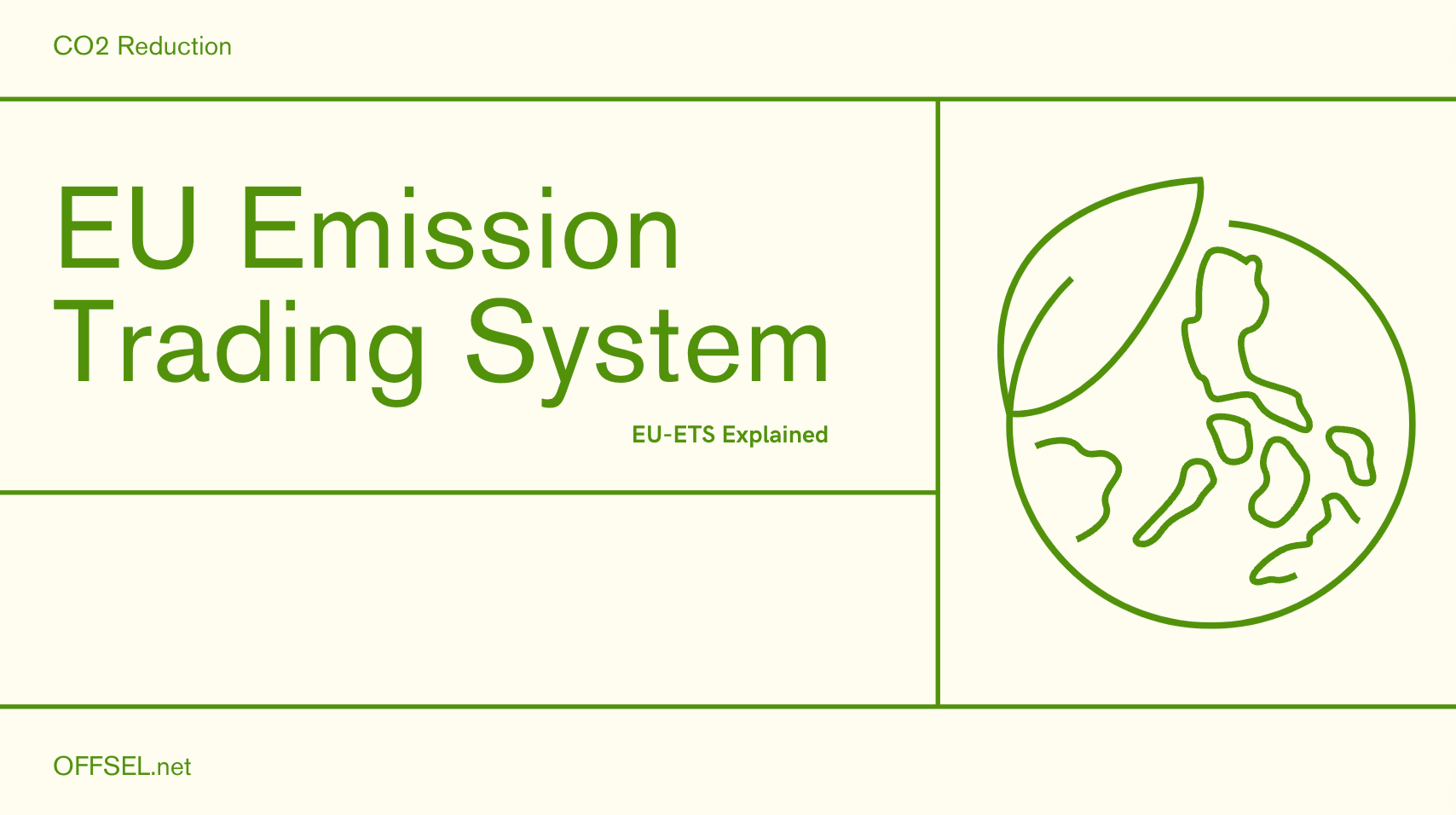The European Union’s Emissions Trading System (ETS) stands as a cornerstone in the EU’s policy to combat climate change and a key tool for reducing industrial greenhouse gas emissions cost-effectively. This article aims to provide a detailed insight into the EU ETS, its mechanisms, impacts, and challenges.
Understanding the EU Emissions Trading System (ETS)
The EU ETS, launched in 2005, is the world’s first major carbon market and remains the biggest one. It was established as a central pillar of the EU’s policy to combat climate change by reducing greenhouse gas emissions in a cost-effective manner.
The EU ETS operates on the ‘cap and trade’ principle. A cap is set on the total amount of certain greenhouse gases that can be emitted by installations covered by the system. Within this cap, companies receive or buy emission allowances, which they can trade with one another as needed.
Key Sectors and Gases Covered
The system covers over 11,000 power stations and industrial plants in 31 countries, as well as airlines. It targets emissions of carbon dioxide (CO2), nitrous oxide (N2O), and perfluorocarbons (PFCs) from key sectors like power generation, manufacturing industries, and commercial aviation.
Impact of the EU ETS on Emissions Reduction
Since its inception, the EU ETS has played a significant role in reducing emissions. By setting a price on carbon and a limit on emissions, it has driven investment in clean, low-carbon technologies.
According to the European Commission, there was a significant drop in emissions from sectors covered by the EU ETS since 2019.
Greenhouse gas emissions from operators covered by the EU Emissions Trading System (EU ETS) fell by 13.3% in 2020 compared to 2019 levels. This reduction resulted from an 11.2% decrease in emissions from stationary installations and a 64.1% decrease.
This reduction can be attributed to both the economic incentives created by the system and the gradual lowering of the caps.
The Role of Innovation and Technology
The EU ETS has stimulated innovation in green technologies. Companies are increasingly investing in energy-efficient and low-carbon technologies to reduce their emissions and save costs on allowances.
Challenges of EU ETS
Price Volatility and Market Stability
The EU ETS has experienced significant fluctuations in carbon prices, creating uncertainty for businesses and affecting their long-term investment decisions in low-carbon technologies. Volatile prices lead to inconsistent investment in green technologies, potentially slowing down the transition to a low-carbon economy.
Concern of Carbon Leakage
There is a concern that companies might move operations to countries with less stringent emission controls, a phenomenon known as carbon leakage. This shift can potentially increase overall global emissions, negating the environmental benefits intended by the EU ETS. Addressing carbon leakage is crucial to maintain the integrity of the system and ensure real emissions reductions on a global scale.
Alignment with Broader Climate Goals
The EU ETS needs continuous adaptation to align with overarching EU climate policies, such as the European Green Deal. Ensuring that the EU ETS works in tandem with other climate initiatives is crucial for a unified and effective approach to climate change mitigation. Coherent climate action requires that all policies, including the EU ETS, synergize towards the common goal of reducing greenhouse gas emissions.
The EU ETS and Global Climate Policy
The EU ETS serves as a model for carbon markets worldwide. Its success and challenges offer valuable lessons for other countries and regions implementing or considering similar carbon pricing mechanisms.
The EU ETS has also influenced international climate policy by demonstrating how carbon pricing can be implemented and scaled. It serves as a benchmark for emerging systems globally.
There is increasing collaboration and linking between the EU ETS and other carbon markets. This trend is crucial for creating a global carbon market and enhancing the cost-effectiveness of global emissions reduction efforts.



Comments